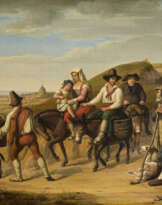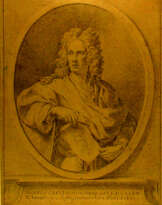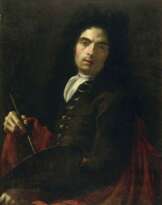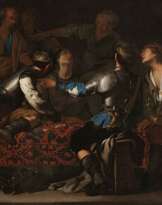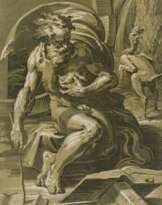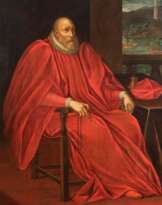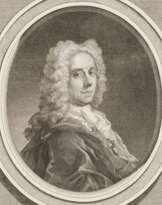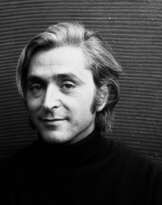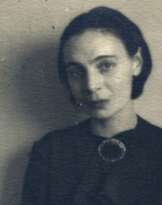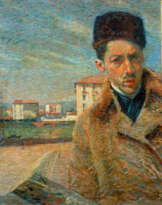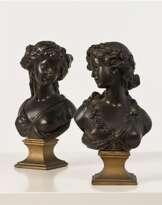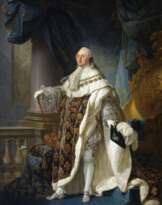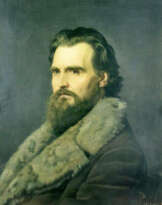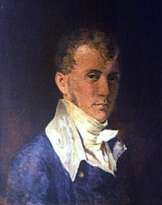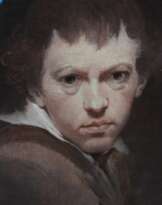Fyodor Yakovlevich Alekseyev (1753 - 1824)

Fyodor Yakovlevich Alekseyev
Fyodor Yakovlevich Alekseyev (Russian: Фёдор Яковлевич Алексеев) was a Russian painter born around 1753 in Saint Petersburg. Known as the "Russian Canaletto" for his masterful vedute, or detailed paintings of cityscapes, Alekseyev made significant contributions to Russian art, particularly in depicting urban landscapes.
Alekseyev was admitted to the Imperial Academy of Arts in 1764, where he initially studied ornamental sculpture and scenic painting under Antonio Peresinotti. He spent several years in Venice, funded by a fellowship, where he studied theater painting but preferred creating landscapes and copying works by old masters. Upon his return to Russia, he faced restrictions but gradually gained recognition for his independent work. His notable painting "View of the Palace Embankment from the Fortress" earned him the title of Academician in 1794.
In 1800, Tsar Paul I commissioned Alekseyev to paint the streets and architecture of Moscow, resulting in numerous significant works that highlighted the city's grandeur. Despite a decline in fame later in life, his contributions to Russian urbanscape painting remain influential, with works such as "Red Square" and "The Flood of 1824 in the square at the Bolshoi Kamenny Theatre" held in major Russian museums like the State Russian Museum and the Tretyakov Gallery.
For updates on sales and auction events related to Fyodor Yakovlevich Alekseyev, sign up for our newsletter.
| Date and place of birt: | 1753, St. Petersburg, Russian Empire |
|---|---|
| Date and place of death: | 23 november 1824, St. Petersburg, Russian Empire |
| Nationality: | Italy, Russia, Russian Empire |
| Period of activity: | XVIII, XIX century |
| Specialization: | Artist, Landscape painter, Painter |
| Art school / group: | Russian school |
| Genre: | Cityscape, Landscape painting |
| Art style: | Neoclassicism |


